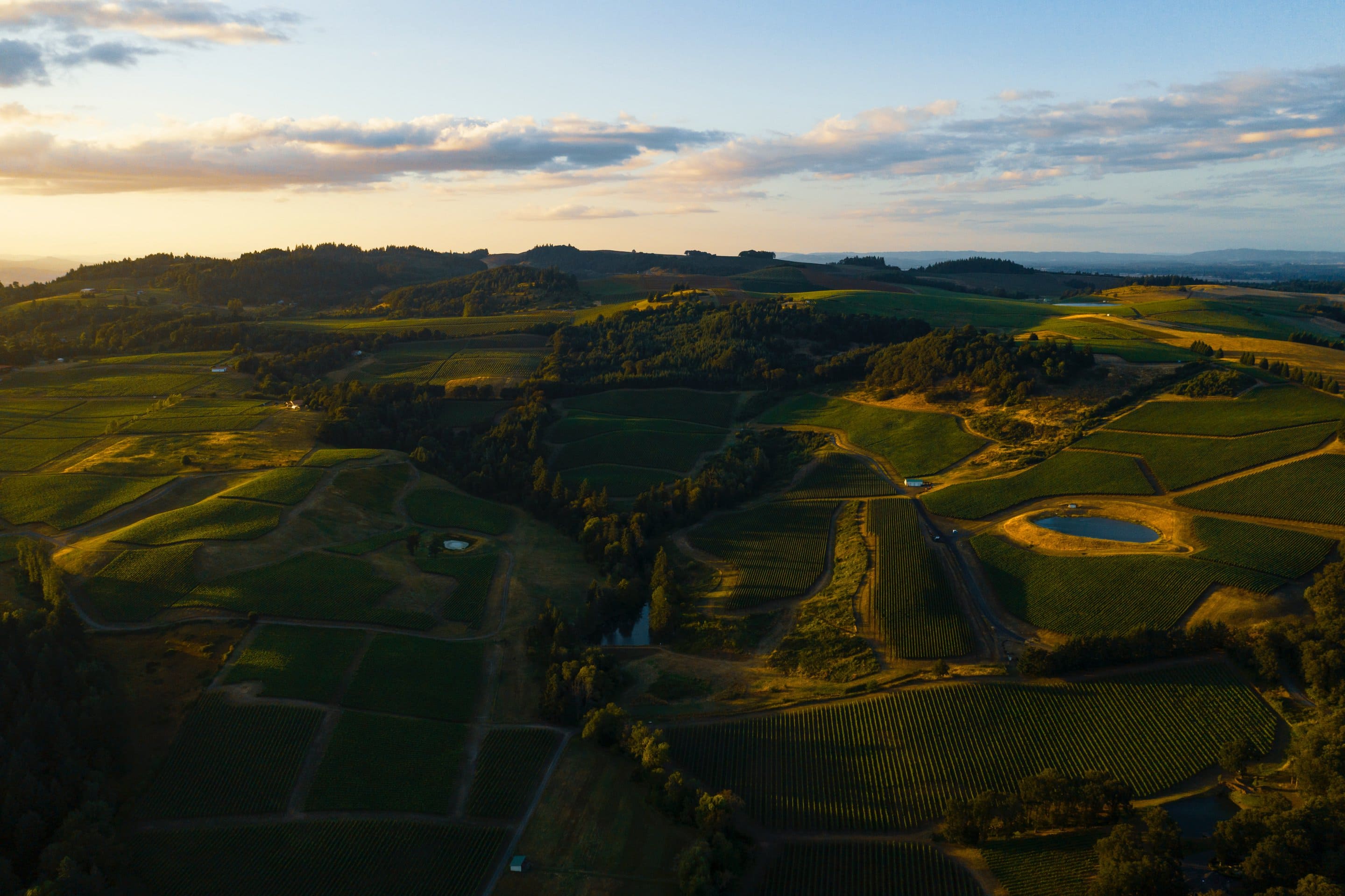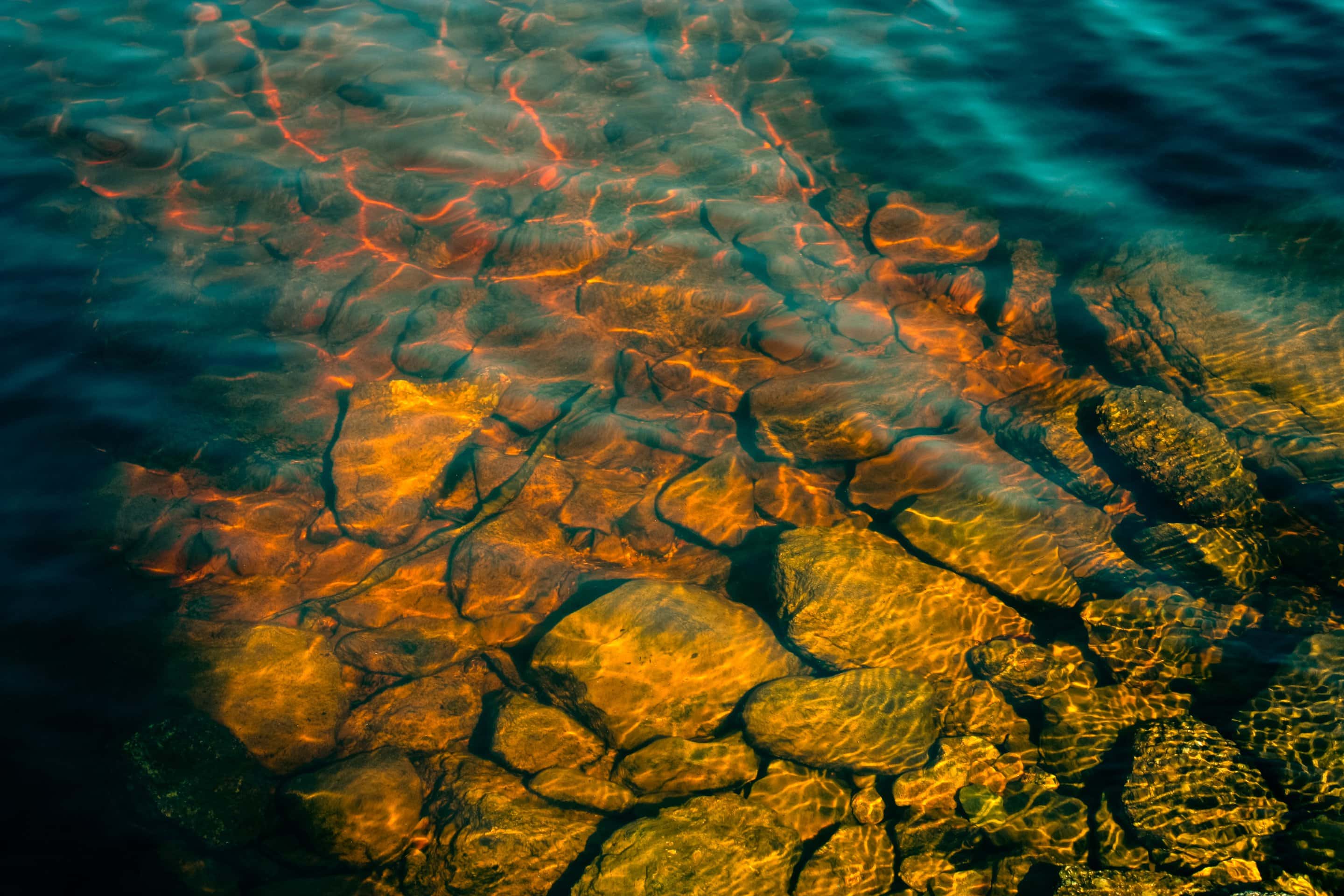
The City of Salem’s Willow Lake Water Pollution Control Facility provides wastewater treatment services to the Salem-Keizer metropolitan area and operates under authority of an Oregon Department of Environmental Quality (ODEQ) administered Federal National Pollutant Discharge Elimination System (NPDES) Permit.
The City embarked on a multi-year pilot project to determine whether a constructed wetland approach – a Natural Reclamation System (NRS) – could provide a new way of treating wastewater by using natural systems to polish the effluent. The pilot project allowed the City to obtain necessary data to qualify the use of full-scale wetlands, while at the same time illustrated the benefit of the NRS to both the community and the environment.
The mission of the NRS was to demonstrate the use of natural systems as a sustainable method of polishing effluent, improving water quality, and providing reclaimed water supply and management, as well as determining whether the process is appropriate within the Willamette River watershed.
Understanding the magnitude of data to be compiled and analyzed to determine the success of the NRS, the City needed a data management product that could capture the data from multiple sources, store the significant amount of data, and report the data in a format that could be easily used for numerous analyses.

During the time of the pilot design and construction, the City was utilizing the Hach Water Information Management Solution™ (Hach WIMS™) to collect extensive information about their operations and treatment process to ensure compliance with federal and state regulations.
Realizing that Hach WIMS had additional capabilities to handle the data generated for the NRS, the City decided to proceed with use of the product as their data management tool. With minimal modifications, the Hach WIMS system was able to capture the necessary wetlands data to allow complete analysis and preparation of required reports (e.g. Water Pollution Control Federation permits).

To date, the Hach WIMS product has compiled pilot-scale testing data for more than five (5) years while the City continues to monitor the NRS. Data collected includes the amount of ammonia entering and exiting the wetlands; the levels of phosphorous, biochemical oxygen demand (BOD), metals, e-coli and annual sediment sampling; as well as many others including monitoring well data. Temperature and ammonia concentrations have been reduced, but the feasibility of a full-scale wetland in Salem remains in question due to the limited availability of the quantity of land required and the fact that Salem has chosen other methods of treatment for the issues that led to the wetlands being chosen in the first place.
At a time where environmental strengthening is on everyone’s mind, the City of Salem’s progressive perspective has allowed them to not only recognize and understand a ‘green’ approach that can provide utilities the resources necessary to expand their environmental capabilities, but also acknowledges the corresponding use of advanced technologies to provide them with the means to capture, assess, and analyze the information.
